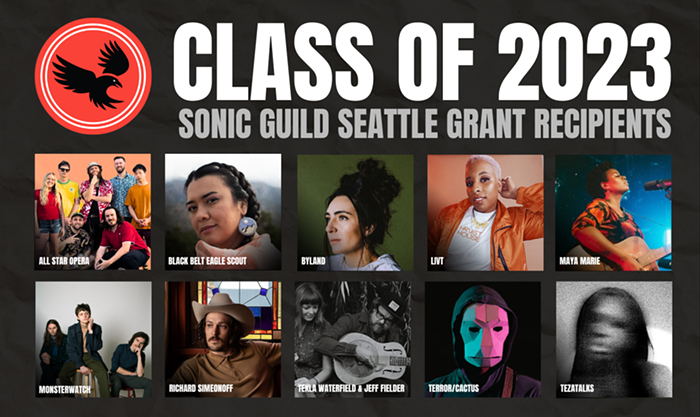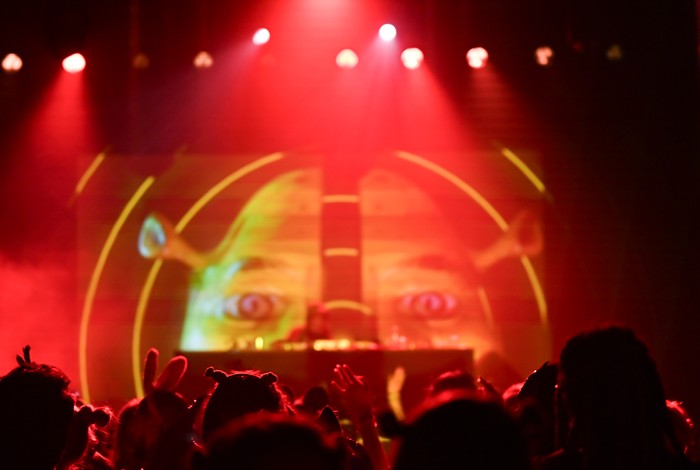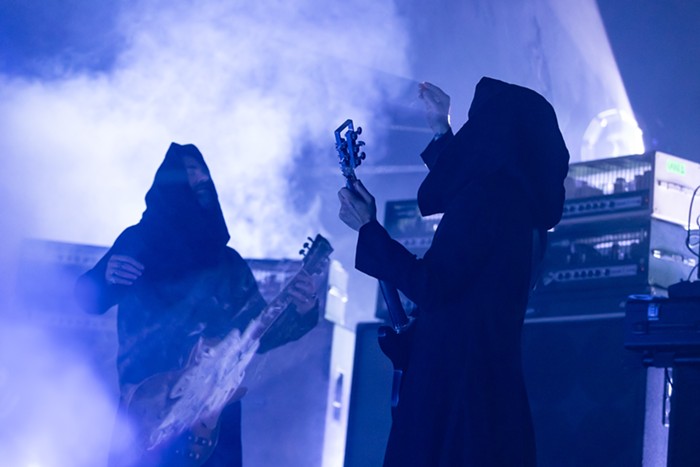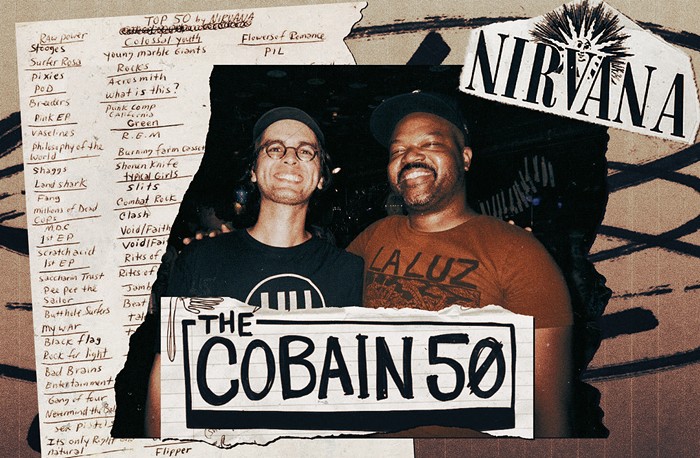Reiss' Better Living Through Circuitry frightened me at first, but after screening it in a room full of ravers I gradually warmed to the film. Reiss didn't do much homework, but what little digging he endured was worthwhile. While media darlings like Crystal Method and the Atomic Babies are given more screen time than their reputation deserves, the artists neither seek nor accept credit as "vanguards" of electronic music, as the film's press materials suggest. Reiss takes a balanced approach, offering plenty of screen time to people like Frankie Bones and Heather Heart (whose contributions to American rave culture are priceless) as well as hundreds of ordinary jabbering ravers. The only exception here is the appearance of Psychic TV's Genesis P-Orridge, who would, if given the chance, take credit for inventing fire. Also, important figures like Dubtribe, Derricks May and Carter, and Josh Wink are mentioned--but not explained--in the film, an omission I found glaring.
The soundtrack was rather ill-conceived; interviews with artists like Kraftwerk's Wolfgang Flür and Frankie Bones are backed by the incessant genero-techno beats that frame the entire movie, and such inconsistencies only reinforce the idea that "all techno sounds the same." But aside from that, Better Living is a passable, if not excellent, portrayal of the subject. Although I have issues with the aesthetics and direction of the American rave scene, I'm pleased with the film's rather level-headed approach.
Iara Lee's Modulations, screened at last year's SIFF and released to video this month, takes a more proactive approach to dance music history. While Reiss presents the culture as is, warts and all, Iara Lee constructs from the subject matter a narrative of cultural and conceptual revolution, an approach that presents a more accurate, if deceptively cerebral, picture of dance music's origins and directions. She digs deep into the conceptual influences and parallels of modern electronic music, such as the music and writing of John Cage and the futurism of Alvin Toffler; Lee also explores the American roots of dance music through sound bites from Marshall Jefferson, Derrick May, Stacey Pullen, Derrick Carter, and DJ Sneak, and addresses the European creative misreading of such roots by Alec Empire, Autechre, Carl Cox, and Hardfloor before covering everything else under the sun, from new-school turntablism to drum and bass hyper-rhythmia. (Even Genesis P-Orridge makes an appearance, this time explaining how he built the first solid-state transistor.) Covering all these bases is a challenging task, but Modulations pulls it off well. Some may be distracted by its heavy-handed interpretation of this culture, but it's coherent, well-researched, respectful, and complete.
If you want to dig deeper and are willing to put up with low production values, search for a copy of Generation of Sound, the first of the "rave documentaries," shot back in 1992 and '93 during the last wave of techno's mainstream action. Armed with a camcorder and a Radio Shack editing suite, these filmmakers created a relatively accurate picture of the emerging American rave scene, profiling the DJs, artists, and promoters who built the foundation on which Better Living's stars built their careers. You'll catch low-budget, grainy interviews with the usual suspects (Frankie Bones, promoter Matt E. Silver, DJ Ron D. Core), footage of several classic American raves, and some early and all-but-forgotten West Coast dance music. Film geeks will find the production nauseating, but for aging ravers it's a trip down memory lane.
But the best documentaries are yet to come. Dance music oscillates from industry pariah to media darling and back again, and unfortunately the funds to write books and make movies tend to come when we're on an upswing; the best portrayals of dance music and its surrounding culture, whether literary or visual, will only arrive when the dust clears. In the meantime, read lots of books, see lots of movies, buy a few crates of records, and make up your own story.


















